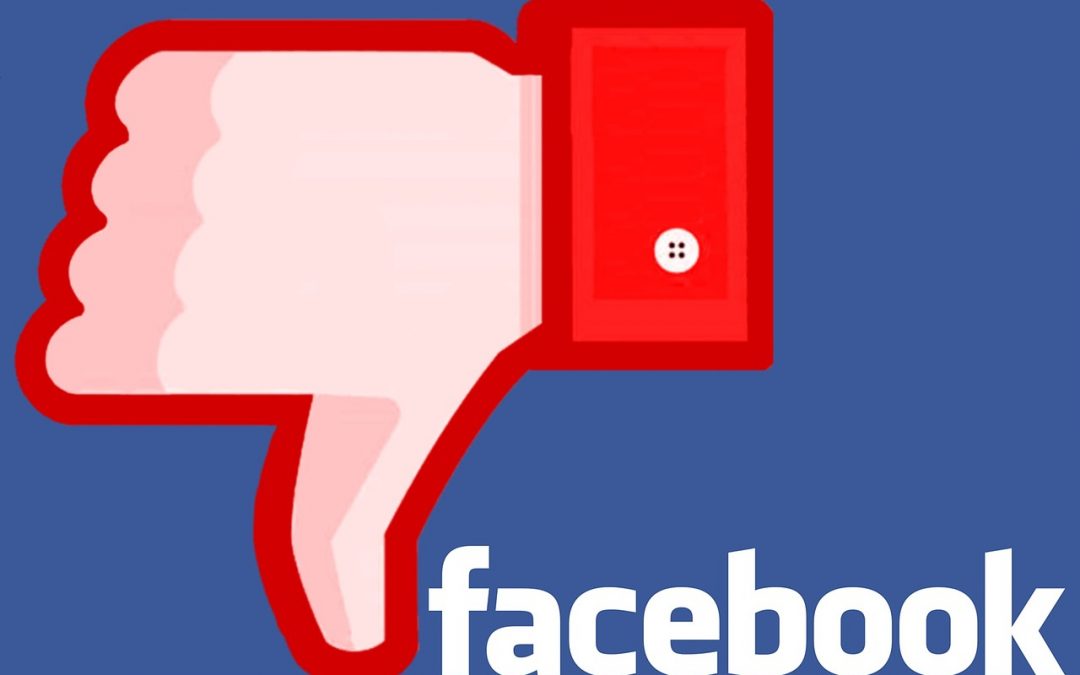
How Realistic Are Your Expectations?
Today I am am going to challenge your thinking about advertising and marketing.
We are going to talk about the expectations you have for your advertising and marketing.
It comes in different forms, depending on the lingo and verbage you use, but it comes down to one thing:
How Realistic Are Your Expectations?
Sometimes we look at the Return On Investment of advertising and come up with a formula.
Other times we look at the Gross Profit Margin as a way to calculate the success of an advertising campaign.
Some businesses use a % of last years sales as the amount of dollars that they will spend this year and think that is the magic formula.
Others go by the seat of their pants and will buy the bright shiny object that someone is selling that promises to make them rich.
Do you fall into any of these categories?
I admit that I have fallen into all of those categories both personally and professionally at times.
Several years ago, I was caught up in being a first adopter when it came to tech. It came to a screeching halt after I spent $800 bucks on a new phone that I really didn’t need, but it was the newest and the best for at least 30 days.
I returned that phone when reality hit and changed my ways back to my usual research based approach way of buying stuff and adopting stuff into my life. I do the same for my clients too.
There’s an old saying in the advertising business:
“Half the money I spend on advertising is wasted; the trouble is I don’t know which half.”
That quote is credited to John Wanamaker. He was a very successful United States merchant, religious leader and political figure, considered by some to be a “pioneer in marketing”. He opened one of the first and most successful department stores in the United States, which grew to 16 stores and eventually became part of Macy’s. He’s been dead for nearly 100 years but that quote lives on.
During the 50 years that I’ve been living, businesses and marketers have been wrestling with figuring out which half of their advertising is wasted. We have come up with various schemes to track the results or formulas like I mentioned to make us feel better but I’m going to challenge the entire notion that half of your advertising is wasted.
In some circles they divide the type of advertising you can do as direct advertising and brand building advertising.
The direct advertising people have used multiple methods to track their results including:
- A coupon that has a discount that consumers use and the business can track
- A special phone number that is only used in one form of advertising so any calls coming to that phone line is attributed to that ad
- A secret phrase that a customer says to get a special offer or special savings
These methods of direct advertising were being used in the John Wanamaker days in newspaper ads, and later phone book and direct mail ads. Broadcast ads on radio and television have used them. They were being used before the World Wide Web and internet advertising options came about 25 years ago.
Our lives are now connected with the smartphones that even the homeless population have.
The area of advertising and marketing that has continued to attract more and more businesses each year is still the bright and shiny world of online ads.
Radio, TV, and Print ad sales have either seen declines or remained steady in the past dozen years while those trying the digital marketing world continue to see double digit percentage growth.
Promises of, “we can target your ads to the right people and prove to you that your dollars are making you rich” and “we can track it all with pixels and our analytic dashboards”… Sadly those are empty promises.
I know.
I have spent considerable time in this advertising and marketing world working from the inside out. I know that the intentions of the digital marketers is good, but I also know that it falls short. Way short of the promises. Those promises were made to eliminate the wasted advertising and only spend money on the advertising that works.
Theoretically, it should work. But in the real human world it falls short.
In my current position with WOWO radio, I have access to a whole host of online marketing options. Our company, Federated Media, has invested a considerable amount of resources in time, people and money to create the division we call Federated Digital Solutions.
My first year with WOWO, I took a cautious approach and let my co-workers sell our Digital Solutions to their clients before I offered them to my advertising partners. I wanted to see the success stories of what I could offer before I recommend them to my trusted ad partners. By year two, I started offering them and in years 3 and 4, more and more of my radio advertising clients were also using our online digital marketing solutions. Some use our digital marketing without using WOWO radio.
Now that I’ve completed 5 full years at WOWO, I have several success stories in the digital ad world that I can share with you.
I must caution you: The value of Direct Marketing is overblown as it is not as easy to measure as the sellers claim and Branding by itself without giving a buyer an easy path to follow to make a purchase can be a waste. It takes a combination of these two schools of thought to create a long term success.
Why?
Two reasons:
First off the measurement of Direct Marketing is actually flawed, sometimes given more credit that it deserves. I have a WOWO Radio client that switched to a nationally known digital marketing company. This national company broke their own rules regarding consistency for Name, Address, Phone number listing that is actually a common rule of thumb according to Google itself. The rule of consistency is that you want your Name, Address and Phone Number to be the same, consistently all over the web including your own website. This national company has hijacked my clients website to place a tracking phone number on the website and all other listings online that it can get its hands on.
What this means is that no matter what drove a customer to find my client, the phone number that they will find online is not the true business phone number, but the special tracking number. And the national digital marketing company is claiming credit for any and all calls that come in on that special tracking number.
Also, if you do a deep dive into Google Analytics, which most people don’t, you will find all kinds of weird website traffic coming from spammers and bots.
Finally, and this is something I learned a couple years ago, there are limitations in the ability to track connections between secure and insecure websites and all those apps that we have on our phones that have paid ads on them? Google can’t track those either.
What was once the almighty gold standard in tracking your direct marketing online, is not really doing that great of a job.
That’s just the first reason.
Here’s the second.
We are human and direct marketing usually ignores the Human Relationship Marketing Principles that are impossible to accurately track.
Honestly, we don’t know consciously why we buy one brand over another. When we go to the store and are faced with a dozens of choices of cookies to buy, we already have narrowed it down in our minds to a small handful.
Certain brands of cookies are superior to me and that list could be totally different from your list of favorite cookies. You make like peanut butter, I may like soft chocolate chips, and even with those two distinctly different options, each of us have a favorite in the category that we want.
This is due to branding. We recognize the brand and our human emotions move us to grab the cookies that we want based on our own personal experiences, recommendations from friends and family, and yes, advertising messages. Branding creates Top Of Mind Awareness, or TOMA which places one company or one cookie over another in our own personal preferences. This is the Human Relationship side of the buying that direct marketing usually ignores.
That 50% of marketing that John Wanamaker wished he knew was wasted, wasn’t wasted at all. It was probably building the Macy’s brand which has survived to this day. Macy’s Thanksgiving day Parade which began two years after the death of Wanamaker has been one of their most successful branding marketing campaigns for more than 90 years.
Let’s wrap this up with this caveat. I know that with a lot of companies there is a lot of wasted money spent on advertising, but it’s usually not because they are investing in branding.
My offer to you is to help you evaluate your marketing and advertising and see where the true waste is. Afterward, we can come up with recommendations for improvement and most importantly set realistic expectations.
Contact me.





